Iceland's dramatic volcanic landscapes have long captivated adventurous travelers, and helicopter tours offer an unparalleled perspective of these geological wonders. Following recent eruptions that drew global attention, tour operators have implemented sweeping safety upgrades to ensure visitors can experience these raw natural forces with maximum protection.
The volcanic activity on the Reykjanes Peninsula has created both challenges and opportunities for Iceland's thriving adventure tourism sector. Helicopter companies have responded by overhauling their safety protocols while maintaining the thrilling experience that makes these flights so memorable. "We're operating in an environment that demands respect," says Björn Stefánsson, chief pilot for Volcano Air Tours. "Our passengers get the adventure of a lifetime, but never at the expense of safety."
Recent investments in cutting-edge technology have transformed how these tours operate. All major operators now equip their aircraft with advanced volcanic gas detection systems, real-time thermal imaging, and satellite-linked meteorological stations that provide instant updates on atmospheric conditions. The helicopters themselves have been upgraded with reinforced filtration systems to protect engines from abrasive volcanic ash.
Pilot training has seen perhaps the most significant changes. Where previously pilots relied largely on visual observations, they now undergo intensive scenario-based training using volcanic eruption simulators. "We prepare for situations we hope never encounter," explains veteran pilot Anna Jónsdóttir. "Every possible variable is accounted for in our new training modules, from sudden gas plumes to changing wind patterns that could affect visibility."
The meteorological support for these flights has become extraordinarily sophisticated. Tour companies collaborate closely with the Icelandic Meteorological Office, receiving specialized briefings that go far beyond standard weather reports. These include detailed analyses of gas concentrations, particulate movement, and thermal activity across the flight paths. "We have access to data that simply wasn't available to civilian operators even two years ago," notes Magnús Þórarson of Lava Copter Adventures.
Passenger safety briefings have been completely redesigned to provide clearer information without diminishing the sense of adventure. Travelers now receive detailed digital materials before their flights explaining all safety procedures, and the in-person briefings include hands-on demonstrations of emergency equipment. "We want people to feel excited, not anxious," says safety coordinator Eva María Guðmundsdóttir. "Knowledge is the best way to achieve that balance."
The aircraft cabins themselves have been upgraded with new safety features including enhanced oxygen systems, heat-resistant materials, and emergency communication devices that can function even in dense ash clouds. Each passenger seat now contains individually accessible safety gear, a significant improvement over previous shared equipment configurations.
Flight planning has become more dynamic than ever. Using real-time data streams, pilots can adjust their routes minute-by-minute to avoid potential hazards while still delivering spectacular views. "What's remarkable," observes geology professor Dr. Helga Vigfúsdóttir, who consults for several tour operators, "is that these safety measures actually improve the experience. The technology helps pilots find the most spectacular but safe vantage points that might otherwise be missed."
Insurance requirements for operators have tightened considerably, creating strong financial incentives for maintaining the highest safety standards. Comprehensive third-party audits are now mandatory, checking everything from maintenance logs to pilot certification. "The bar has been raised across the industry," confirms Guðrún Óskarsdóttir of the Icelandic Tourism Board. "Operators who can't meet these standards won't be flying."
Perhaps most importantly, the new protocols establish much clearer decision-making hierarchies for when conditions become uncertain. Where previously pilots might have exercised individual judgment about whether to fly, there are now strict, science-based criteria that ground flights when certain thresholds are reached. "This removes any pressure pilots might feel to fly when conditions are borderline," explains aviation safety expert Dr. Kristján Jónsson.
The enhanced measures come at a time when interest in Iceland's volcanic activity has never been higher. Social media footage of recent eruptions has created unprecedented demand for aerial tours, with many operators booked months in advance. The safety upgrades allow this growth to continue responsibly. "We're seeing visitors who specifically ask about our safety protocols," notes marketing director Sigríður Árnadóttir. "People want adventure, but they want to know it's well-managed adventure."
Local communities near active volcanic zones have welcomed the changes. After initial concerns about increased tourism following eruptions, the visible commitment to safety has eased tensions. "When we see the helicopters maintaining safe distances and following careful procedures, it gives us confidence," says Hvolsvöllur resident Ólafur Ragnarsson.
The scientific community has also benefited from these developments. Researchers now frequently collaborate with tour operators to gather data from areas that would otherwise be difficult to access. "The helicopters essentially serve as mobile observation platforms," notes volcanologist Dr. Bryndís Björnsdóttir. "The safety systems mean we can get crucial data with minimal risk."
Looking ahead, the industry continues to innovate. Several companies are testing new sensor arrays that could provide even earlier warnings of changing conditions. Others are developing augmented reality systems that would allow passengers to see geological features and safety information overlaid on their views through cabin windows.
For visitors, these changes translate into an experience that feels simultaneously more thrilling and more secure than ever before. "I expected an amazing view," recounts recent tourist Mark Henderson from London, "but I didn't expect to feel so completely safe while seeing an active volcano up close. The briefing was so thorough that any nerves disappeared as soon as we lifted off."
As Iceland's volcanic activity continues to evolve, so too will the safety measures surrounding these extraordinary aerial adventures. The result is a new golden age of volcano tourism - one where cutting-edge science and technology work in harmony with humanity's timeless fascination with nature's most powerful displays.
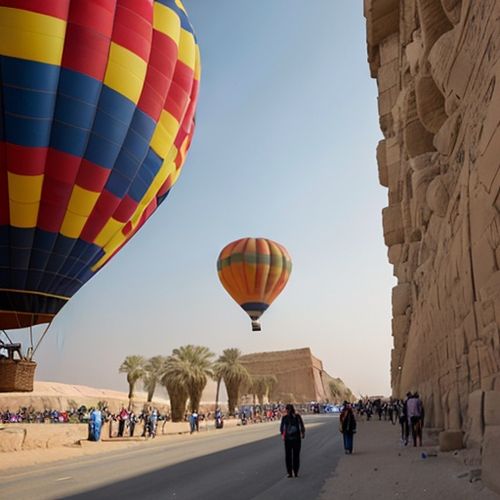
By John Smith/Apr 11, 2025
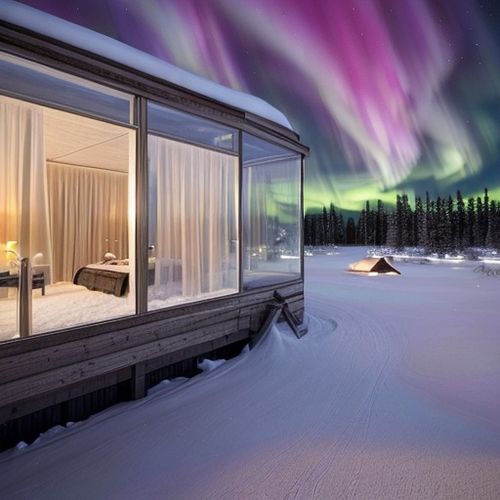
By Samuel Cooper/Apr 11, 2025
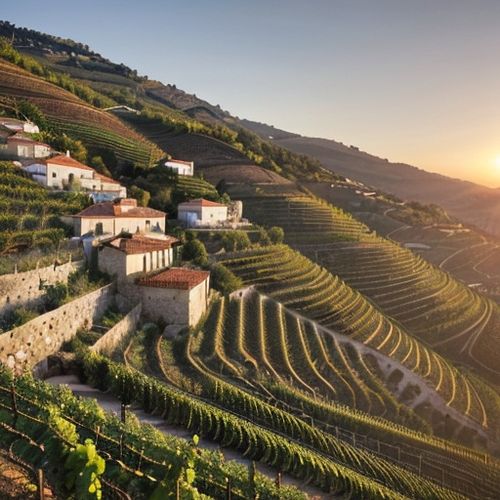
By George Bailey/Apr 11, 2025
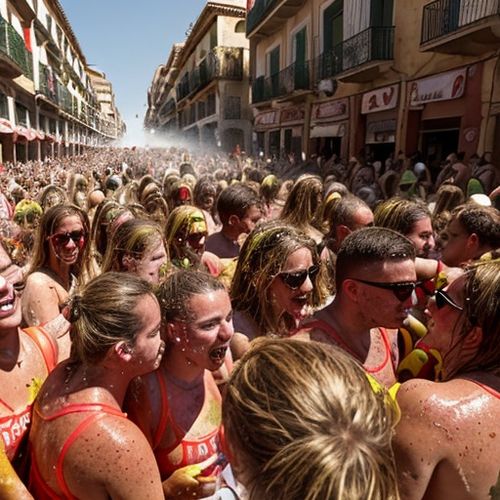
By Thomas Roberts/Apr 11, 2025
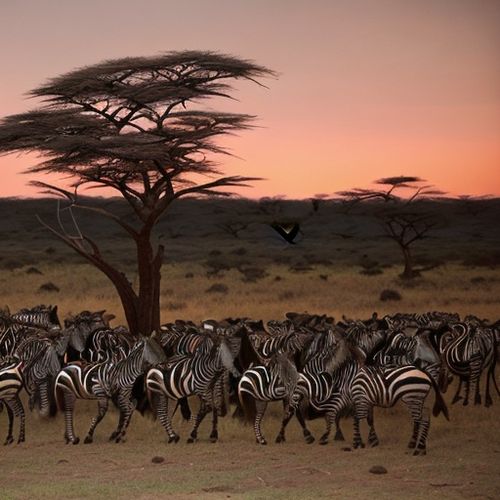
By Lily Simpson/Apr 11, 2025
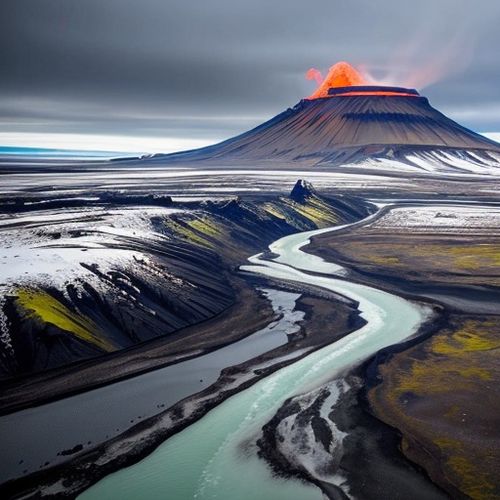
By Jessica Lee/Apr 11, 2025
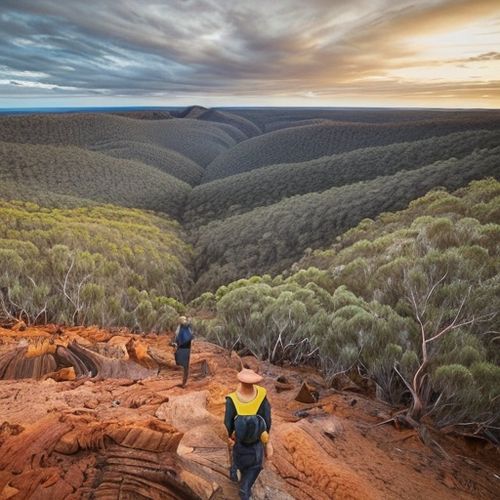
By Laura Wilson/Apr 11, 2025
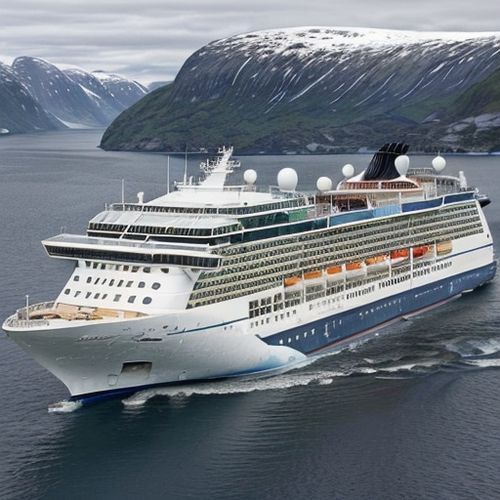
By Olivia Reed/Apr 11, 2025
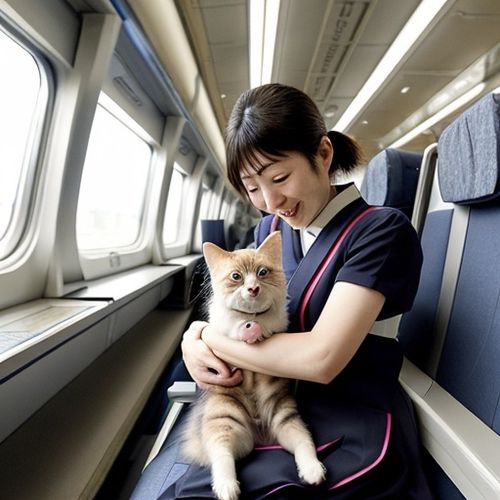
By Noah Bell/Apr 11, 2025
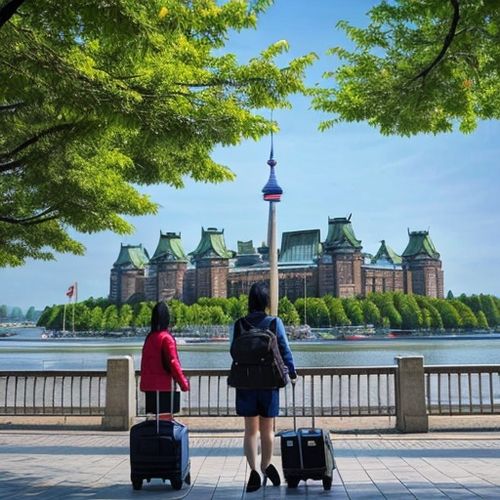
By Christopher Harris/Apr 11, 2025
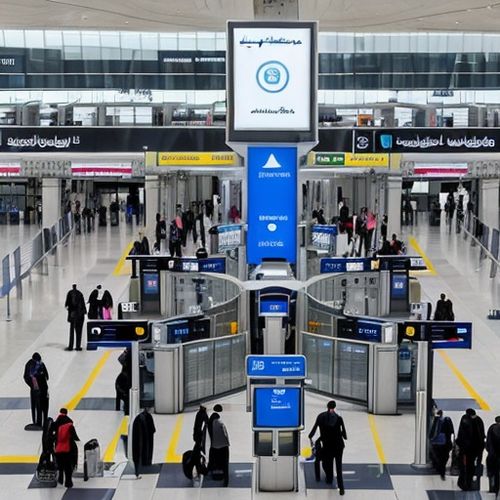
By Emma Thompson/Apr 11, 2025
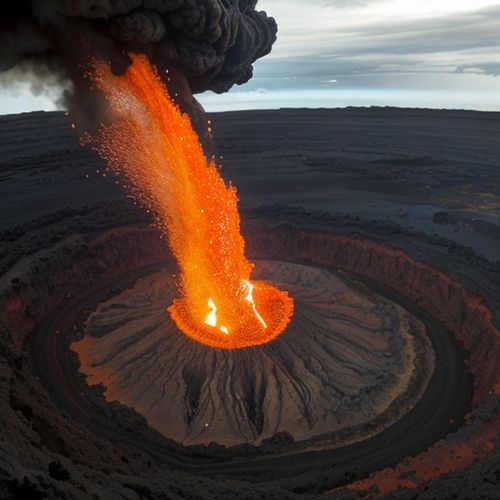
By Ryan Martin/Apr 11, 2025
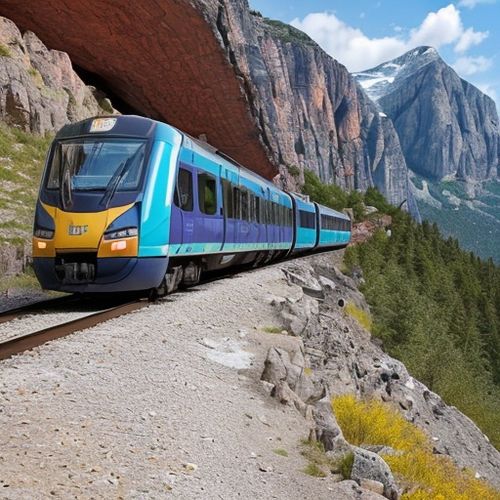
By Grace Cox/Apr 11, 2025

By Sarah Davis/Apr 11, 2025
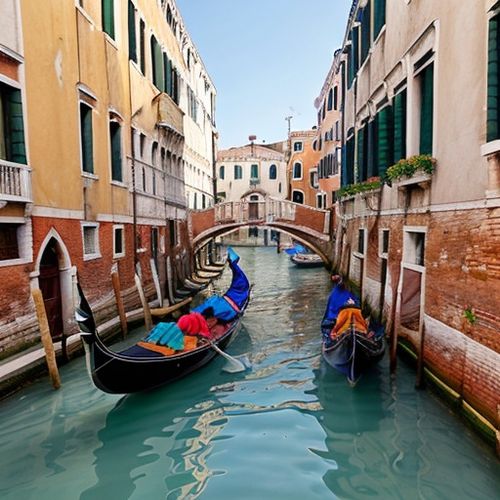
By James Moore/Apr 11, 2025
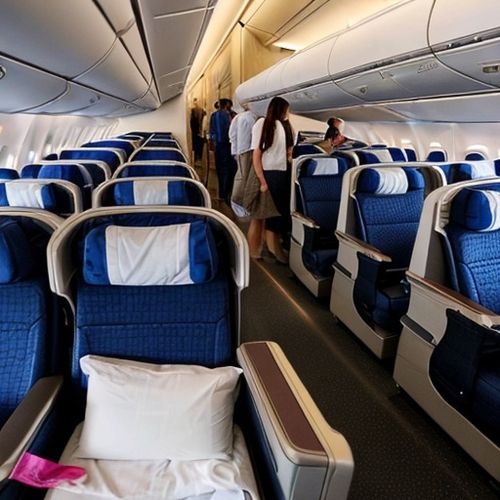
By Emma Thompson/Apr 11, 2025
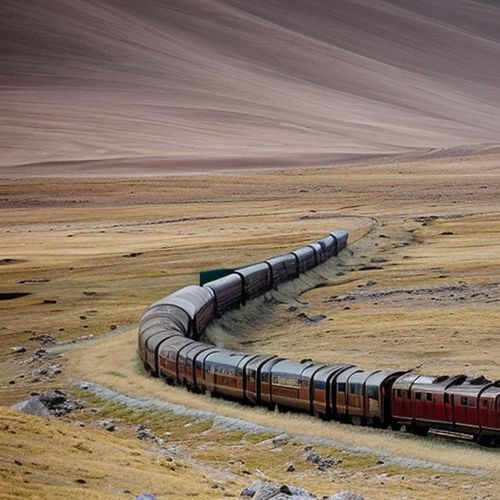
By James Moore/Apr 11, 2025
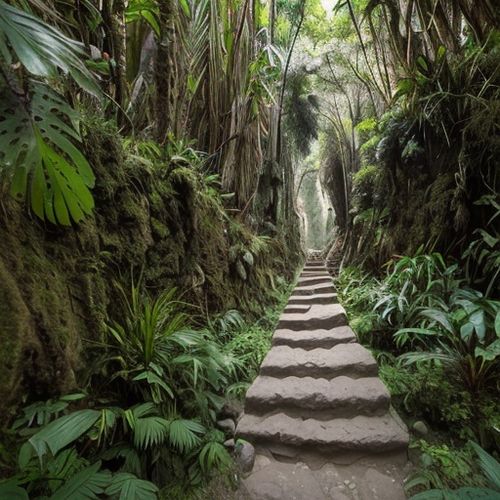
By Victoria Gonzalez/Apr 11, 2025
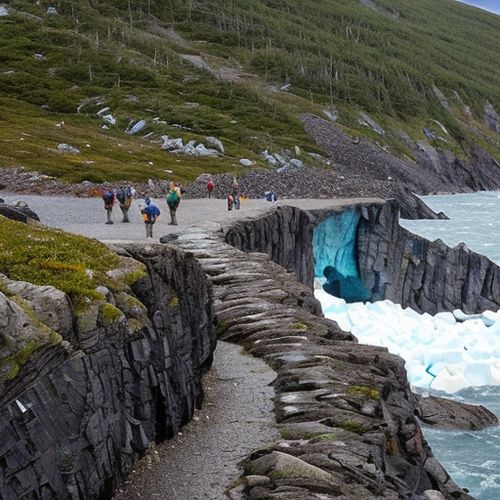
By Michael Brown/Apr 11, 2025
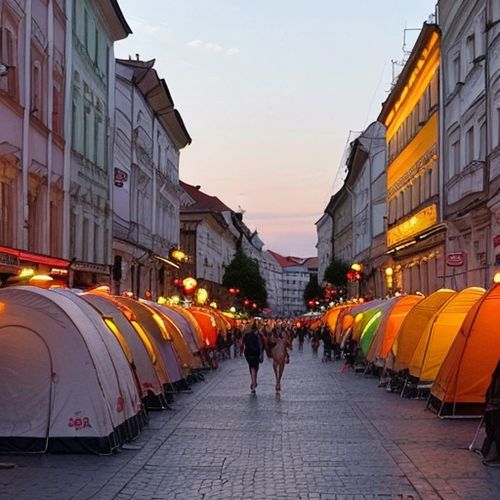
By Grace Cox/Apr 11, 2025